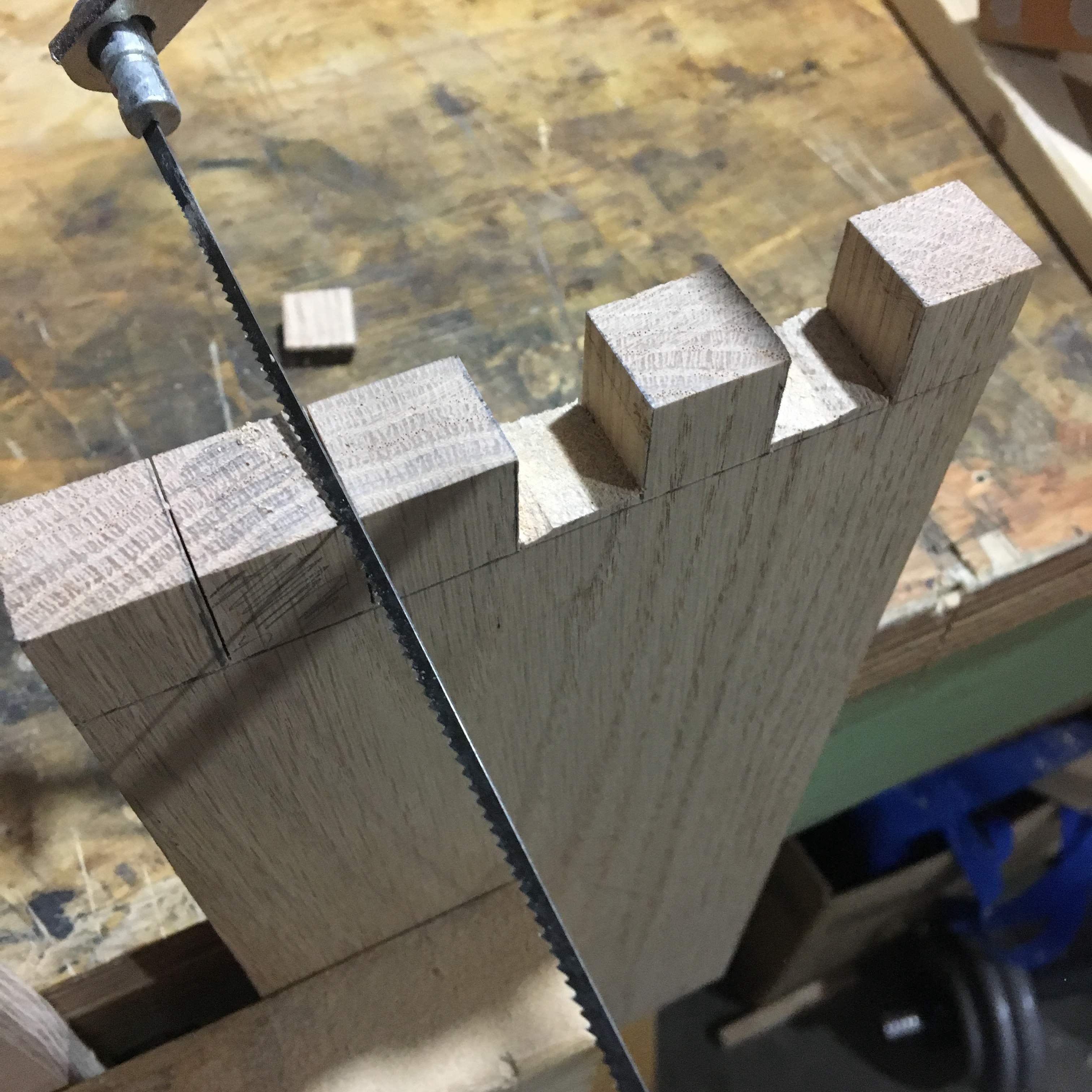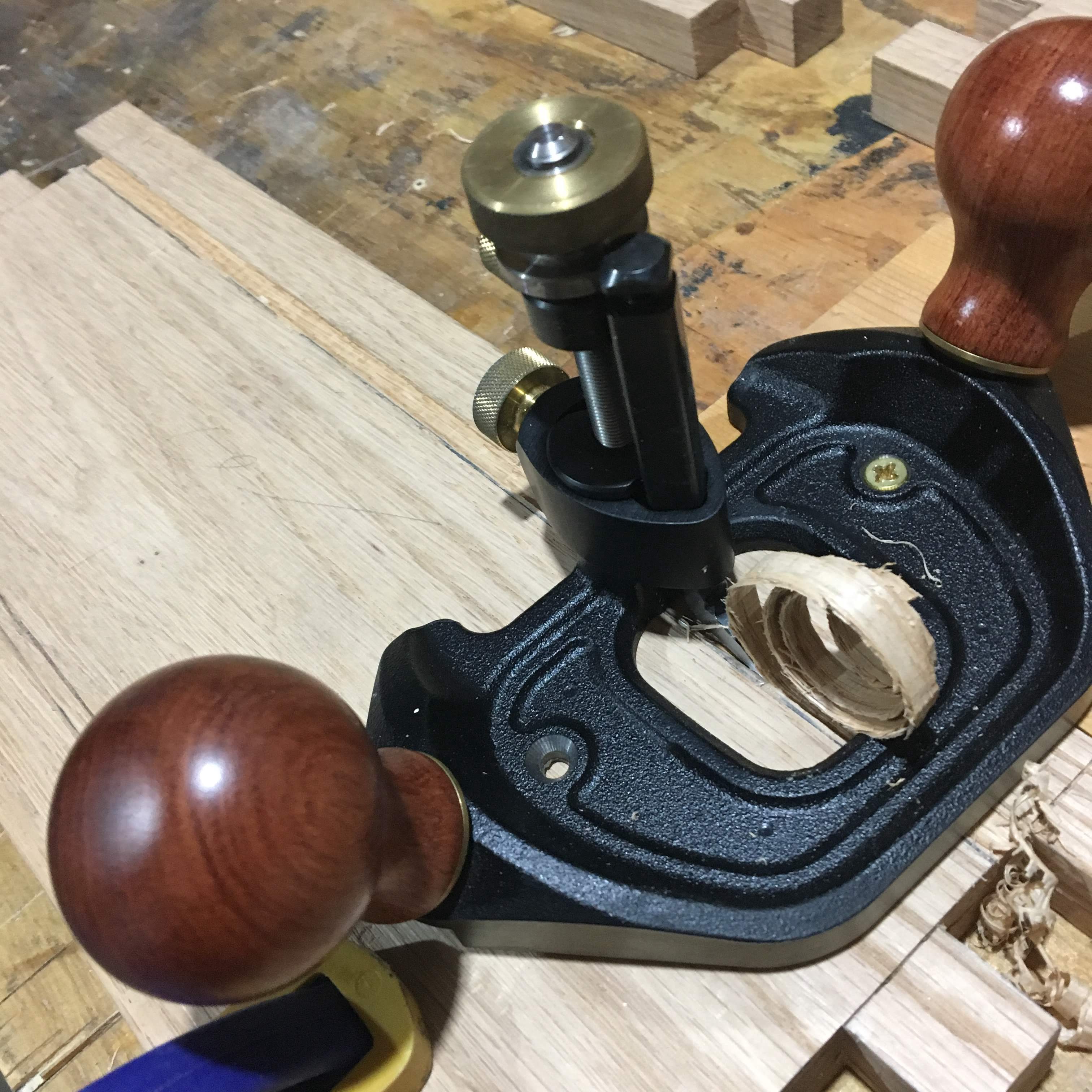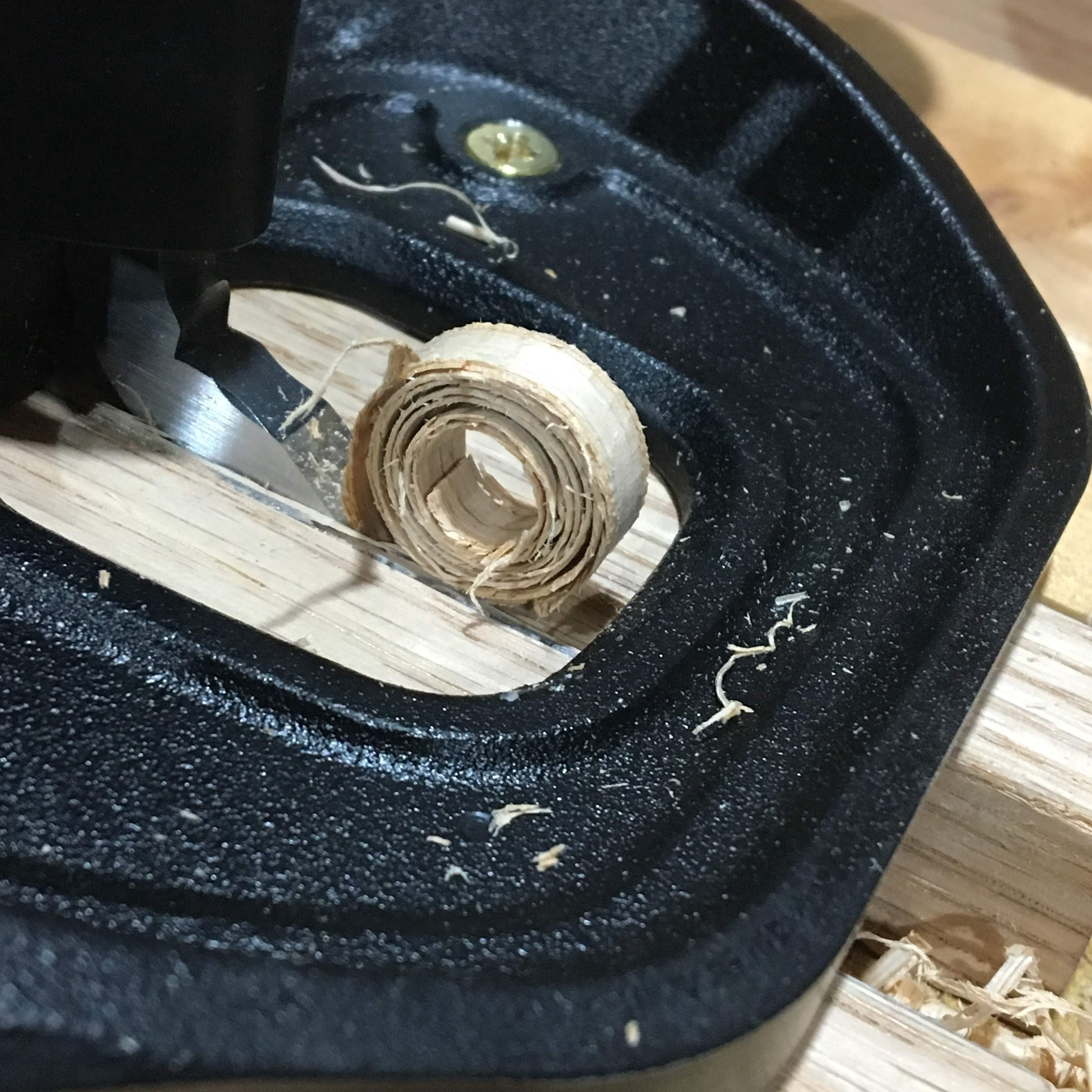Software Development: A Woodworkers Perspective (Part 2)
“Use Your Resources”
Use your resources
There are over 1000 different ways to make the same box. How you approach the work depends on a lot of variables but the two most noticeable — your skill set and your tools. You may own the finest chisels, but if you lack the knowledge on how to sharpen them it means nothing. Likewise, you may have the knowledge of an old foreman, but if all you own is a hammer… you’re buying some nails. It’s best to understand where you are, and what you’re capable of. Take the challenge and push yourself, keep learning, but don’t reach for something unobtainable. Use your resources, do your best, the rest will come with time.
When building this box I needed to have a slot for the back and front panels to slide into. There are multiple ways to do this. Adjust the blade of the table saw, use an electric router, a router plane, and if nothing else slowly chisel a line until it works. Obviously, the first two options are typically preferred, set the blade and rip the board — It takes almost no time. The same goes for the box joints. A little setup with a router and *boom* done.
So, what happens when these resources aren’t available? You can’t just call it quits. There’s work to be done and again we aim to always push forward. So you have two options, work with what you have… or track down the resources. When funding is low, you work with what ya got. In my case, it was a router plane and coping saw. It took some time, but in the end, I had what I needed. Using different methods caused me to slow down and focus which was not a bad thing. After a while, there seemed to be a soothing repetitiveness to the work. Make a few cuts, lower the blade, repeat. It gave me time to think, time to actually enjoy what I was doing. When using alternative methods don’t get frustrated. Learn from them. Efficiency doesn’t come from a resource. It comes from practice. A faster tool doesn’t necessarily mean a faster build.



The Crossover
When working on a project it’s best to understand where you are, and what you’re capable of. When starting out, know your limits.
- What tools and skill sets do you have readily available?
- How skilled are you with these tools?
- How long will it take to learn a new skill?
- How many questions can you ask before driving co-workers crazy?
Understand what you’re working with and be honest. You may not have the most efficient methods, you may not have access to all the tools, but if you’ve made it this far, you CAN get the job done. In time you’ll end up with the same results. Don’t get frustrated. Efficiency doesn’t come from a fancy resource. It comes from practice.



